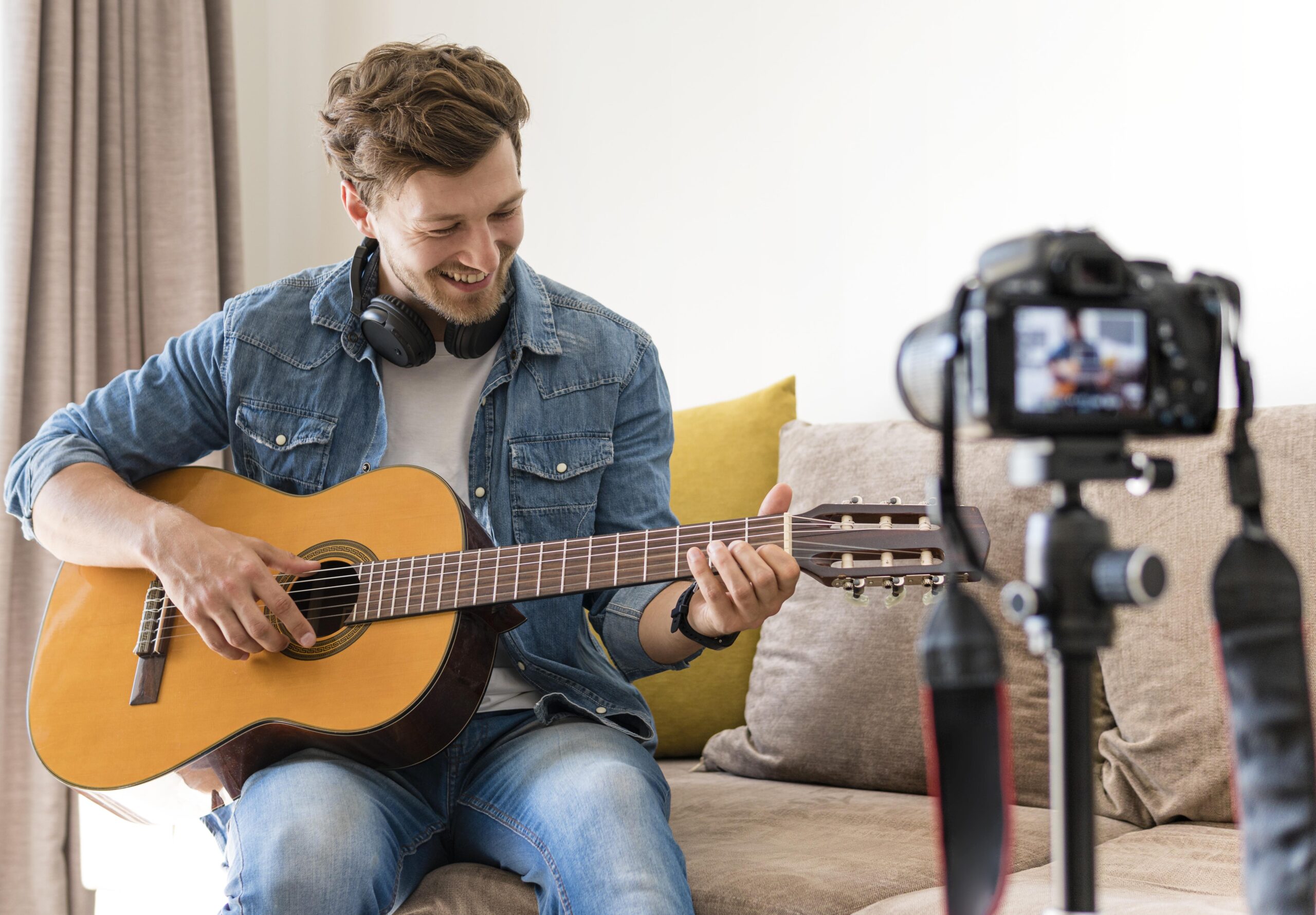Summary:
This article is inspired by Charli Burrowes’s Instagram post which is:
‘Platforms are coming for every free second you have. We used to colonise countries, now it’s human attention.’ — Bo Burnham
I know artists.
I know illustrators and cartoonists and animators and photographers, who are quietly holed up, projects paused, pencils down, learning how to turn a week’s worth of work into twenty seconds of content because they’re scared of not being seen.
I know musicians.
Who make beautiful music that heals and helps and allows us to feel it all; now tasked with turning everything we’ve ever loved into ten second of trending audio.
I know writers.
I know film makers and storytellers; bold, ass kicking, risk taking sons of bitches that bring entire worlds to life, stuck trying to turn their tall tales into tiny ones.
I know performers.
I know acrobats and actors, burlesque dancers and cabaret queens struggling to sell tickets, as audiences turn up their screen time, instead of turning up to shows.
Art isn’t content. But if we keep treating it as disposable, we’ll lose it. If platforms continue to encourage artists to create for an algorithm, and an audience to cheer for trends instead of a connection, artists won’t want to create on here. I don’t want to create on here.
Social Media is making us forget Art. Social Media is destroying Art and Artists. I’ll use myself as an example. Whenever I come up with an article idea to write here, my brain immediately starts thinking of how I repurpose this one article for social media in a million different ways.
I am writing that 80% to keep the algorithm gods pleased and bring in readers to read my Art — when it’s ready to see the light. Art needs patience, effort and its own pace. These are something Content doesn’t want to hear about. Content takes me an hour per article to create. Art has its own maturity time; I can’t rush it or half-ass it.
Whenever I learn a lesson, I start thinking of turning it into Content. Or when I see something beautiful, instead of appreciating it, I have to take a picture “for Instagram.” And while doing that, I could hear my Art screaming inside of me to come out. But my reply was — “No, I need to create this content first to bring in the audience to whom I can sell my art.”
I now understand I am looking at it all wrong. Content has its own place. And Art has its own.
But Content can never, should never, come at the cost of Art.
Source:
Gomes, Rubina G. “Social Media Is Destroying Art And Artists.” Rubina’s Bojra (blog), October 27, 2022. https://medium.com/rubinas-bojra/social-media-is-destroying-art-and-artists-8d96637b16f7.
Personal Analysis:
This article argues that in today’s fast-paced society, individuals are impatient with their daily necessities, and many may need a miniature version of everything. Therefore, it also trues about the kind of art people pay attention to. Social media is shortening our attention spans. As art needs and audience, many artists today adapt their art to better satisfy their audiences’ demands. This could limit artist’s creativity and freedom. It may make artists work opposite of their desire.
Therefore, it gave me an idea of how users’ attention spans affect art and artists and what design could change to decrease its negative impacts. But it’s also important to remember how social media has helped artists promote their work. So, Design research should explore both sides to help users separate their attention from what they need from content and what they need from art. This might also be one method for increasing people’s attention spans through design.
A related TedTalk:
TikTok, Instagram, Snapchat — and the rise of bite-sized content




